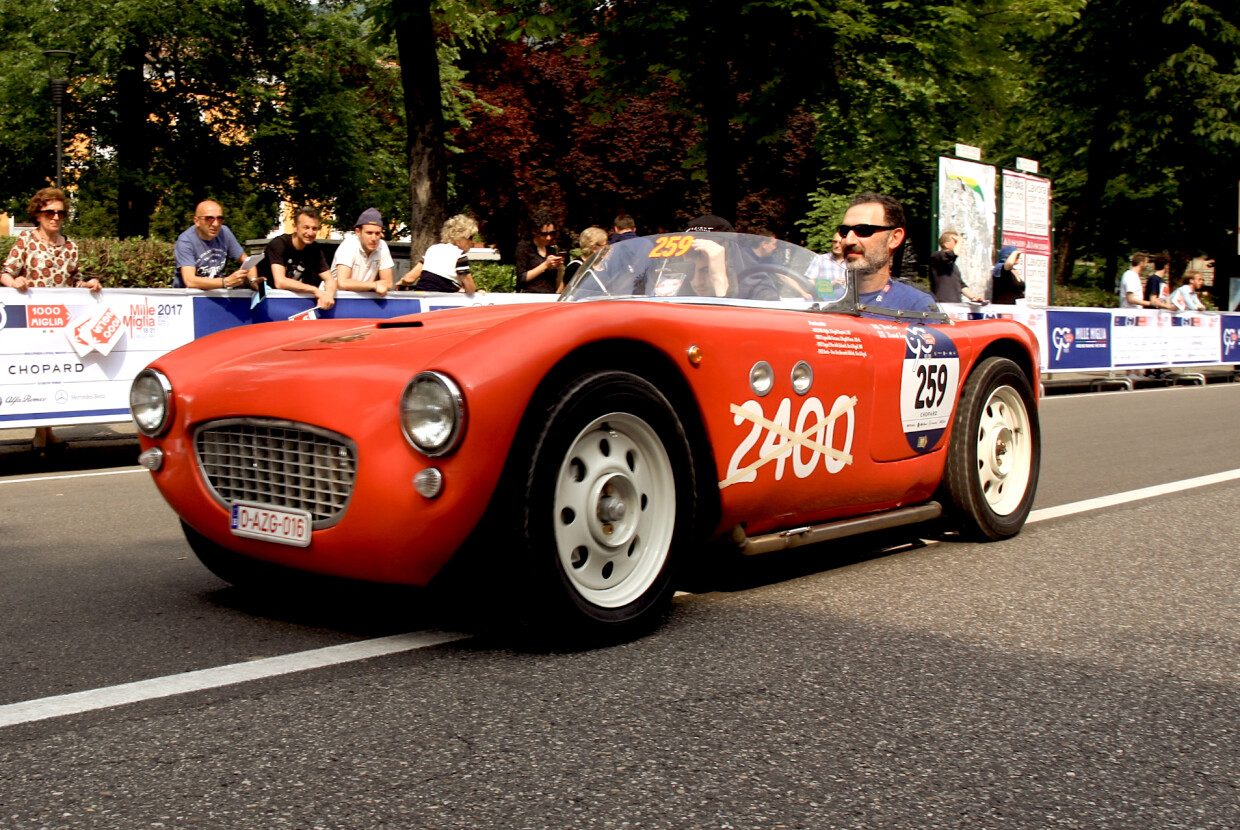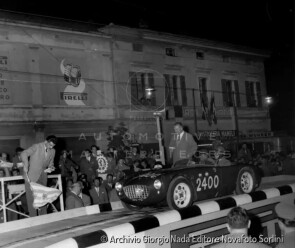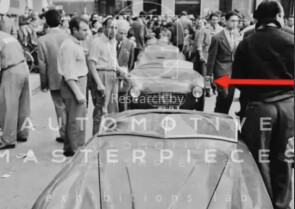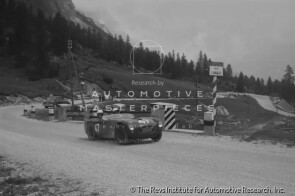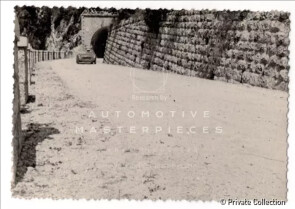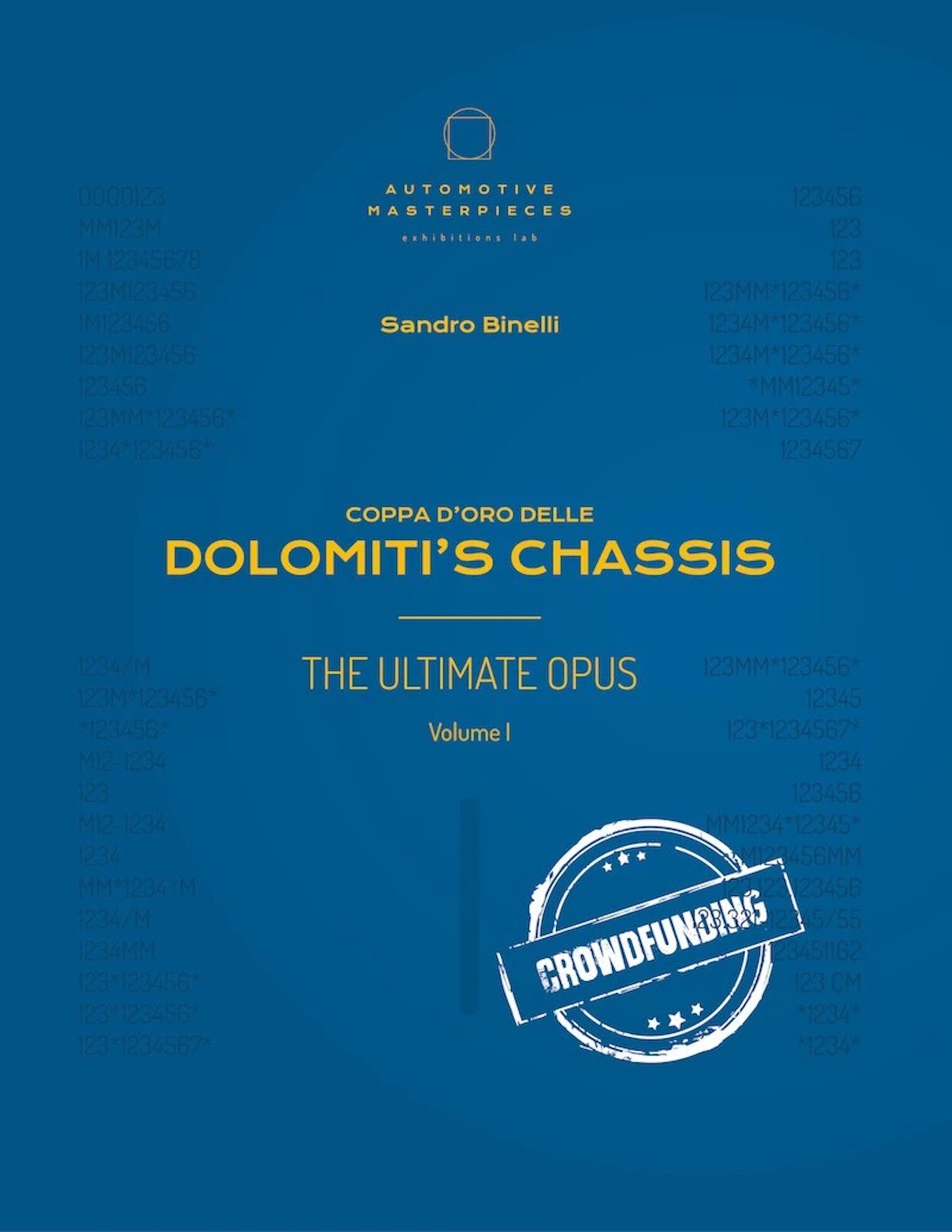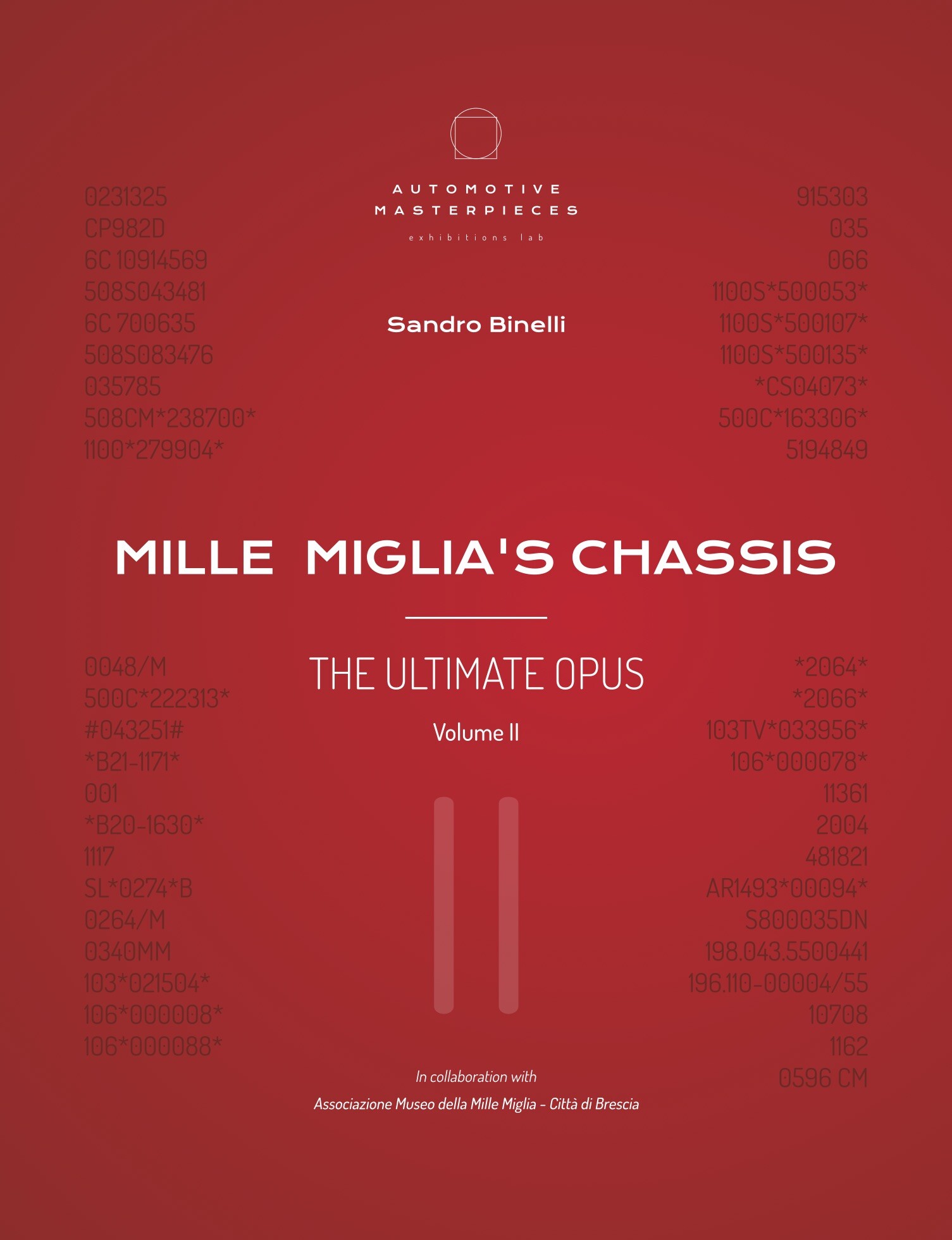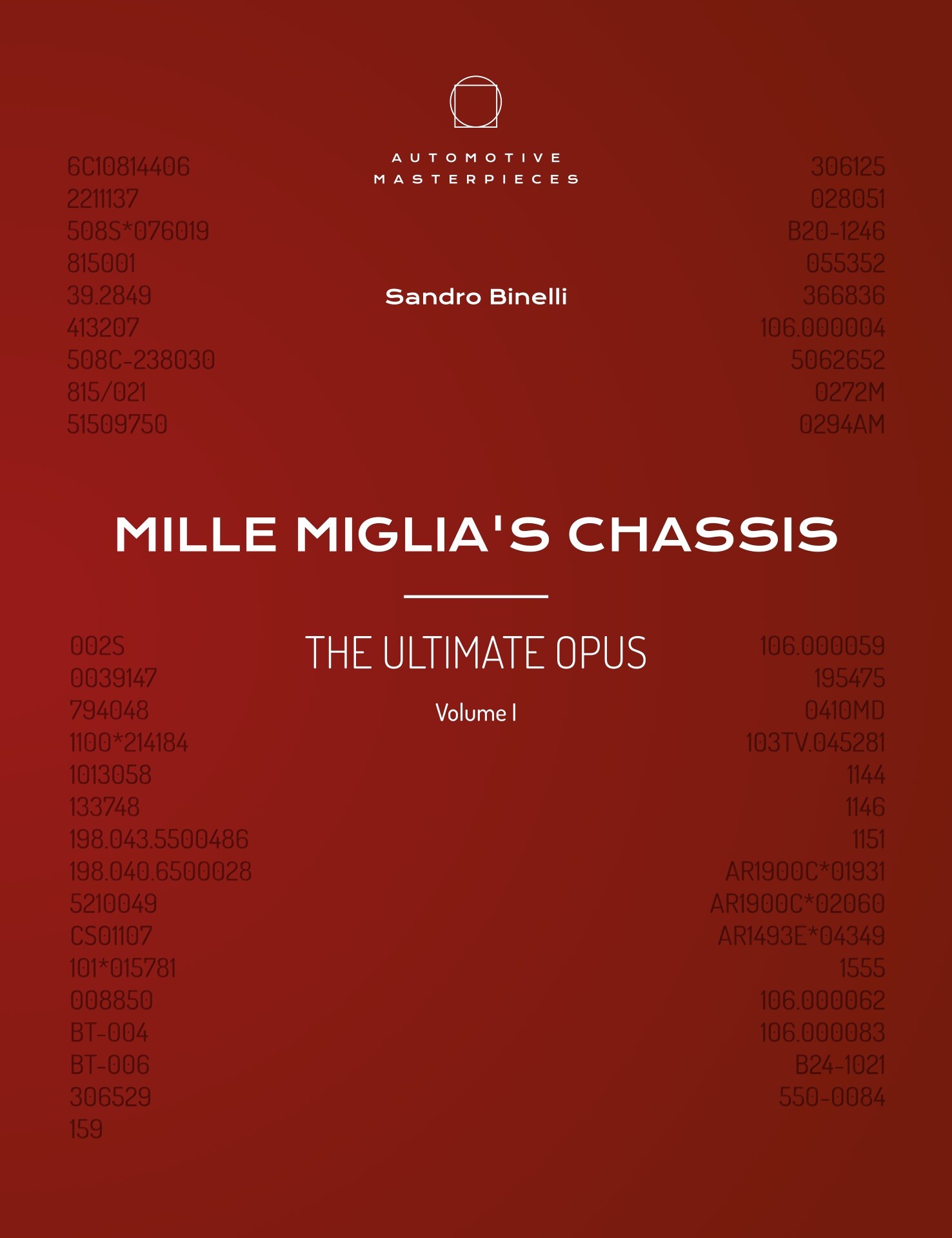
1952 Parisotto 750 Sport Siata
ON/OFF
Why am I an Automotive Masterpiece?
L. Limited edition cars
no. 9 manufactured. no. 9 manufactured
Mr. Alessandro Parisotto was nicknamed in dialectal Italian “fasso tutto mi,” meaning something like “I do everything myself.” However, despite this self-sufficient claim, the story of the Parisotto cars reveals that several people were actually involved in the creation of this small sports car. In 1949, Scuderia Patavium in Padova decided to build its own racing cars, driven by the same ingenuity and enthusiasm seen in many post-WWII racing teams. The driver-members first found support in Armando Pasqualin, a well-known local mechanic who had already built small sports cars. As was common at the time, many components came from the Fiat Topolino, but the project soon evolved. In 1951, Pasqualin developed a light tubular chassis weighing just 18 kg, which replaced the original Fiat frame. Alessandro Parisotto, one of the founding members of Scuderia Patavium, began building cars around this chassis in 1952. For unclear reasons—possibly disagreements—Pasqualin’s collaboration with the team ended shortly thereafter. A total of nine cars were assembled at the Cesare Rizzato workshop in Padova. Eight of them were built for the driver-members and were intended to compete in the under-750cc class. These cars featured a variety of engines, all within that displacement limit—mainly Fiat units, including at least one Giannini and some Siata versions. One car was powered by a Lancia Ardea engine bored out to 708cc, taken from the Ardor, a one-off built by engineer Enrico Dell’Orto. Dell’Orto also contributed to the design of the distinctive suspension system used in all Parisotto cars: instead of traditional leaf springs, they used rubber elastic elements, anticipating the concept later seen in the Issigonis Mini by several years. It is believed that only three of the nine cars were ever raced. The ninth car served more or less as a spare and was known as the “Morassuti.” The most competitive driver in Scuderia Patavium was Gino D’Angeli, who raced in several events during the 1952 season. The Parisotto cars faded from the racing scene around 1954.
The 1952 Parisotto-Fiat 750 Sport Siata, chassis no. 5062652, is one of the nine barchettas built. It features a 738 cc engine derived from the Fiat 500B, fitted with a Siata B-type cylinder head. Registered to Alessandro Parisotto himself, the car was raced under the aegis of Scuderia Patavium by Gino D’Angeli. With Alberto Gasparin as co-driver, the car competed in the 1952 Mille Miglia, bearing starting number 2400. Unfortunately, it did not finish the race. The racing career of this Parisotto was short but intense and successful: throughout 1952, chassis no. 5062652 often claimed 1st in class, especially in hillclimb events.
